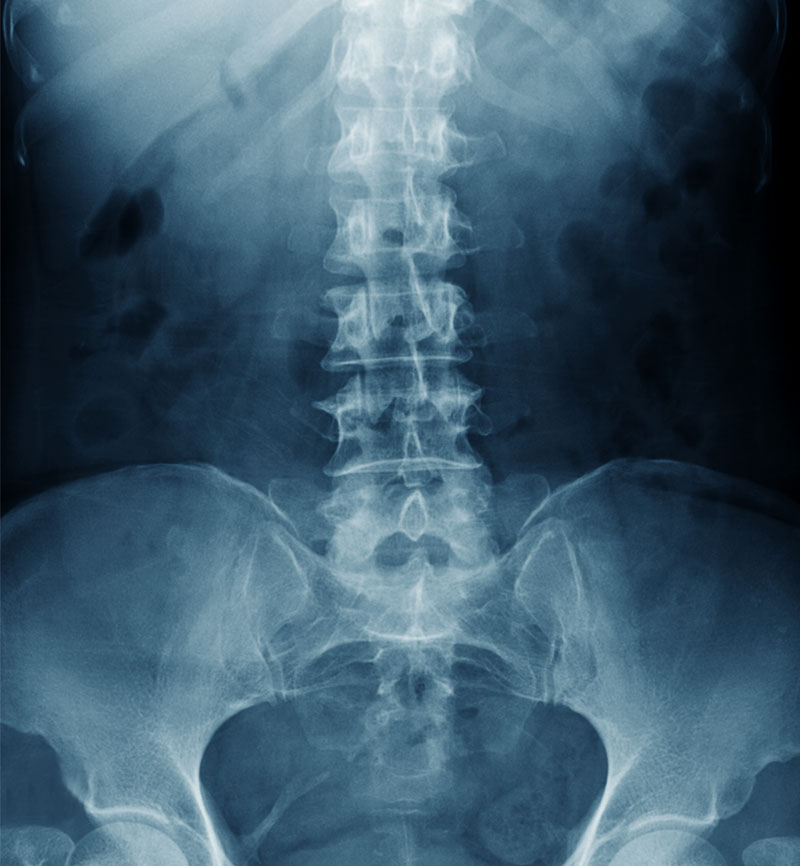Scientific Areas
SWAN is providing many interesting findings about the health and aging of mid-life women from diverse communities and racial and ethnic backgrounds. By collecting, analyzing, and publishing information on health status, physical measures, symptoms, lifestyles, attitudes, and health care utilization, SWAN has begun to describe the timing of, and the normal variation in, the biologic and psychological characteristics of the mid-life transition as well as in normal aging.
The scientific areas of study in SWAN’s longitudinal cohort are outlined below:

Bone Mineral Density And Body Composition
Bone mineral density (BMD) measurements are obtained annually at five study sites. These measures include low energy X rays of the lumbar spine, hip, and whole body, which will provide an indication of bone strength, and predisposition to sustain fractures. Blood and urine samples that were obtained at baseline and at the first two annual follow-up visits are being studied to assess biochemical markers of bone turnover. Bone turnover markers provide an indication of how quickly bone breakdown and formation is taking place and may help to predict subsequent bone loss. Body composition (lean and fat mass) and its changes are also assessed annually in these same study participants.
Cardiovascular Measures / Risk Factors
Physical measures (waist and hip measurements, height and weight) and cardiovascular measures are obtained annually at all seven study sites in all ethnic groups. Lipids, lipoproteins, glucose, insulin and clotting factors are measured from blood samples every other year. SWAN investigators look for change in these cardiovascular factors as women age, and how examine changes vary by ethnicity and other health and psychosocial factors.

Vaginal, Urogenital And Sexual Health
Measures of vaginal (vaginal pain, vaginal dryness) and urogenital (frequency and severity of urinary incontinence) health are asked at each annual visit. Starting at visit 15, a subset of participants will complete a vaginal swab protocol to assess the vaginal microbiome (vaginal bacterial communities). Information pertaining to sexual function is obtained via a confidential self-administered questionnaire.
Ovarian Markers
Markers of ovarian aging, including follicle stimulating hormone (FSH), luteinizing hormone (LH), estradiol (E2), inhibin-B and estrone (E1) are being assessed. Additional biochemical determinations include dehydroepiandrosterone sulfate (DHEAS), sex hormone-binding globulin and testosterone. All of these assessments are performed annually in all ethnic groups. Thyroid stimulating hormone is also measured periodically but not at every visit.
Physical Functioning
Starting at visit 12, participants have been asked to report physical functioning and disability at each annual visit. Performance-based measures of physical function (grip strength, timed walks, sit to stand, balance, and a stair climb test) are also being collected.
Sleep
Sleep quality has been assessed annually in the entire cohort. At visit 15, a subset of participants will complete a sleep diary and wear an accelerometer that will provide objective measurements of nighttime sleep and activity.
Pharmacoepidemiology
SWAN collects, as well as codes and classifies medication use at each annual visit. The medication information collected is used to study patterns of medication use (for example, hormone therapy, osteoporosis medications, and antihypertensive drugs), and the relationship of medication use to a variety of health outcomes.
Cognitive Function
Cognitive Function: Measures of cognitive function have been obtained approximately annually at all SWAN clinical sites since the fourth follow-up visit. These have included tests of cognitive processing speed, verbal episodic memory, working memory and attention. New tests of executive function, visuospatial construction, and language fluency have been added for the current SWAN visit (visit 17).
Psychosocial Factors
At each annual visit, participants are surveyed about psychosocial issues, such as quality of life, depression, stress, social support and life events.
Epidemiologic Issues
Factors measured at baseline included demographic descriptors such as race/ethnicity, education, income, occupation (job title, activities, and industry) and marital status. Other factors assessed were health care utilization, active and passive smoke exposure, physical activity, menstrual characteristics, pregnancy/infertility and menstrual history (including cycle length and variability, and premenstrual symptoms), family history, medical history (including chronic diseases, fractures, urinary incontinence and surgeries), medication use, weight history, physical and psychological/emotional symptoms of midlife, initiation and discontinuation of hormone replacement therapy (HRT), and use of complementary and alternative therapies.
Most of these factors, except those (such as family history) that are unlikely to change are assessed annually. Information pertaining to diet is obtained periodically.



